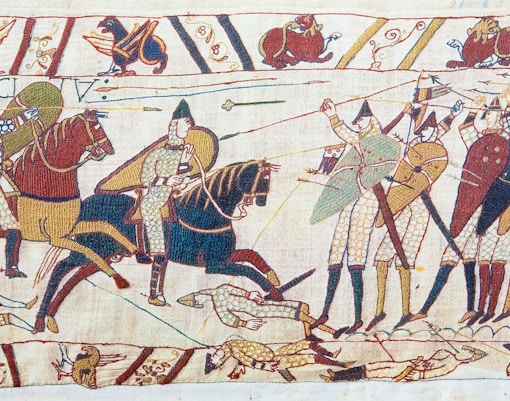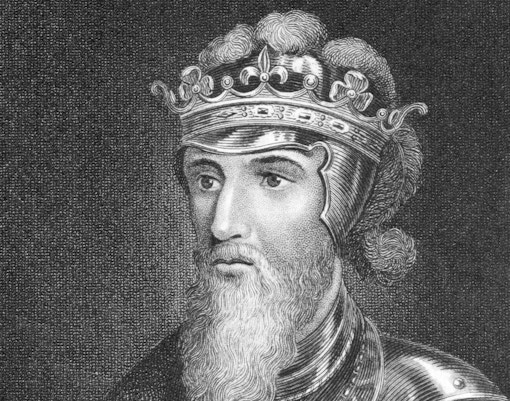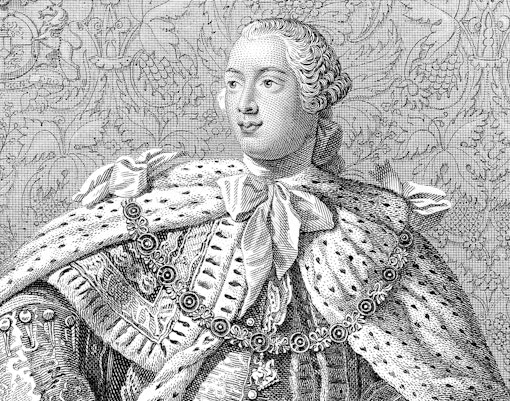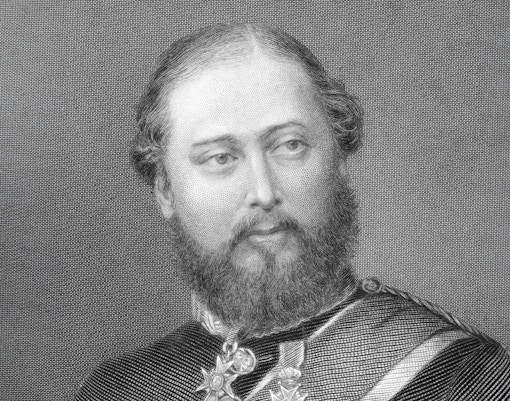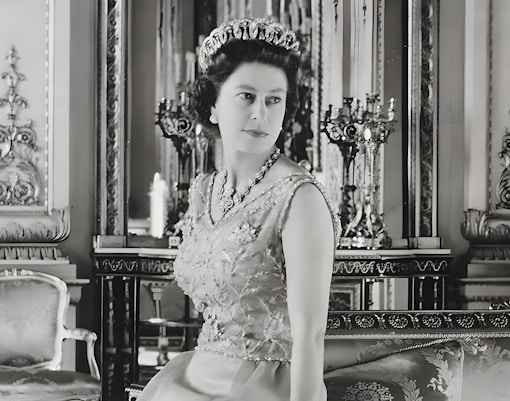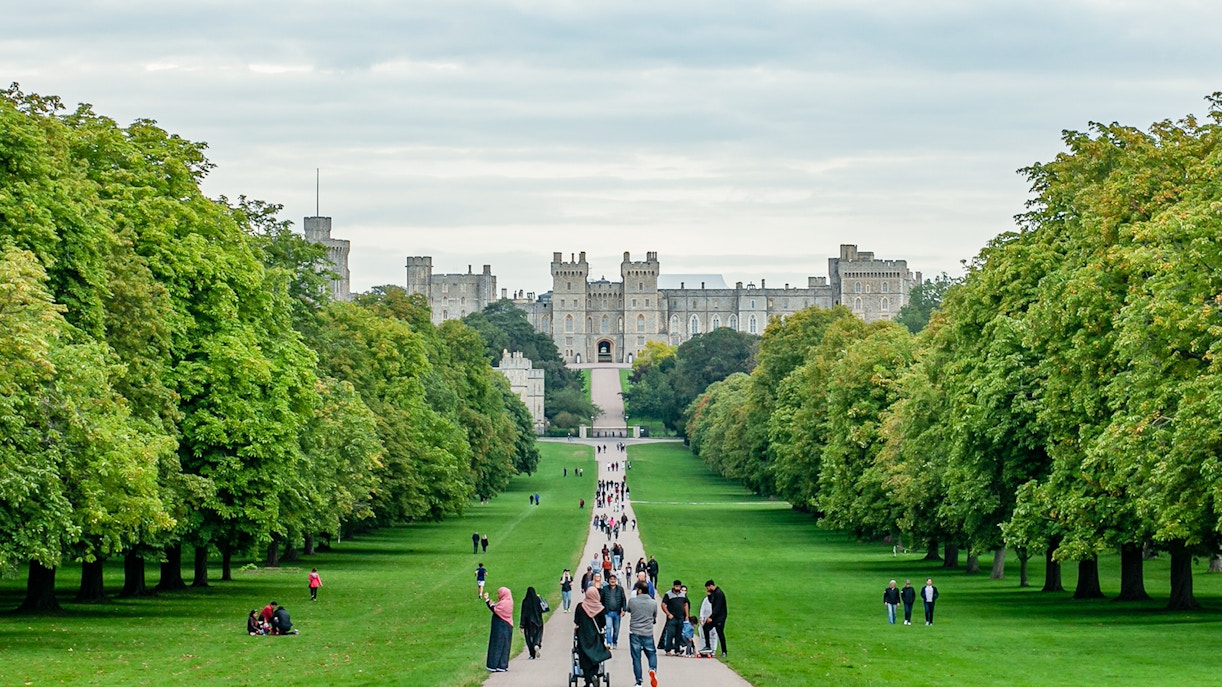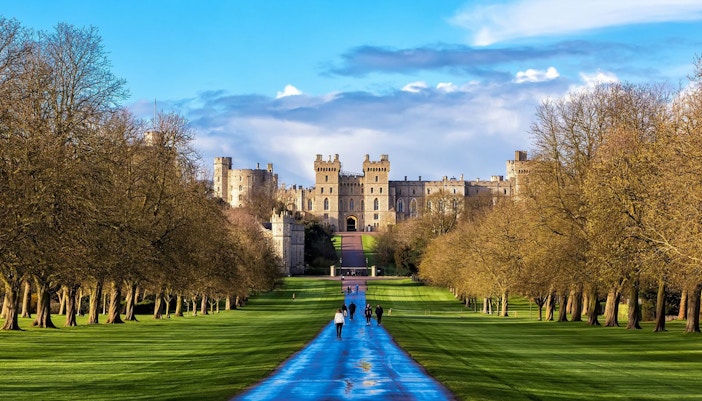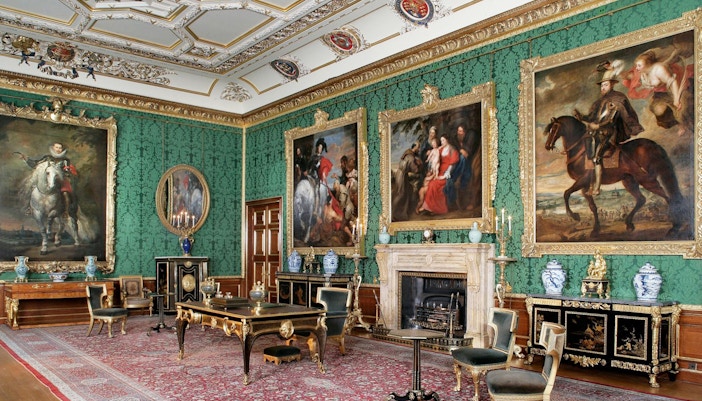Construction of Windsor Castle
Windsor Castle, the oldest and largest occupied castle in the world, has a history spanning nearly a millennium. Its construction reflects the changing tastes of the monarchs who have resided there.
William the Conqueror strategically chose the site for Windsor Castle around 1070. The initial castle was a motte-and-bailey structure, consisting of a wooden keep atop a man-made mound enclosed by a wooden stockade and a bailey (enclosed courtyard). Windsor began its transformation into a royal residence under Henry I from around 1110. Henry II rebuilt the original Norman keep in stone as the Round Tower, a defining feature of Windsor. Over the next 60 years, the outer perimeter walls were also rebuilt in stone, enhancing the castle's defenses.
Edward III undertook the most extensive and expensive medieval building plan at Windsor, transforming it from a military fortification into a grand Gothic palace between 1350 and 1377. Under the direction of the Bishop of Winchester, the Upper Ward was largely rebuilt to create luxurious royal apartments for the King and Queen, arranged around internal courtyards. St. George's Chapel, within the Lower Ward, was begun by Edward IV in 1475 and completed in 1528 under Henry VIII.
George IV, with architect Jeffry Wyatville, made dramatic external changes to give the castle a more imposing silhouette, including raising the height of the Round Tower and adding battlements. He also created the Grand Corridor and the Waterloo Chamber and lavishly redecorated the interiors in the French Empire style.

